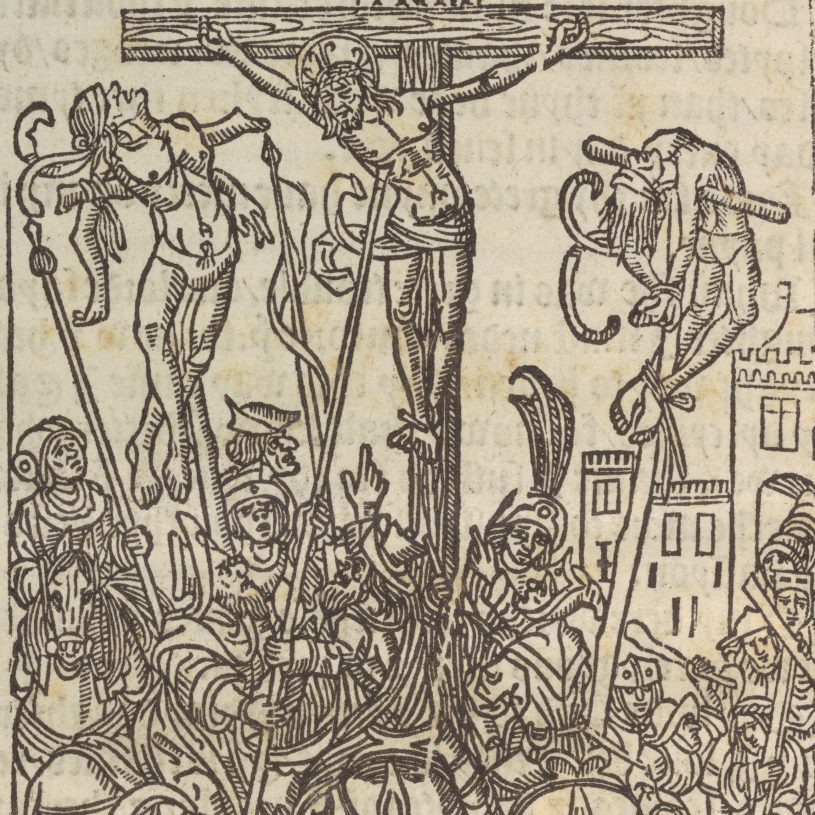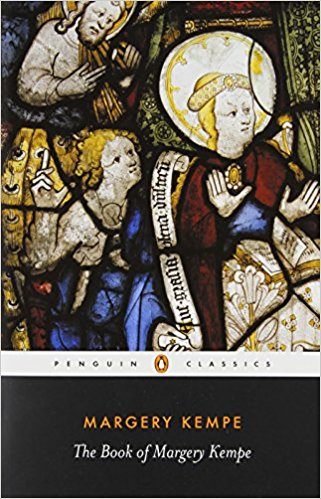Exploring the world of art, history, science and literature. Through Religion

Welcome to TreasureQuest!
Look through the treasures and answer the questions. You’ll collect jewels and for each level reached, earn certificates.
How far will you go?
You need an adult’s permission to join. Or play the game without joining, but you’ll not be able to save your progress.
The Book of Margery Kempe, is the earliest known autobiography of an English person, written in the English language.






Are there links to current religious practices or a modern equivalent?
Autobiographies are very popular in bookshops today. Often, they are ‘ghost-written’ by another writer, who interviews the subject of the book and writes up their words. This is similar to the process in this case, where Margery Kempe could not have written the text herself as she was illiterate. Instead, she relied on someone else, to whom she may have dictated her words. The manuscript was edited by four others after it was finished, largely to make corrections.

Where is it from, where is it now?

Podcasts
BBC Radio 4 In our Time: Margery Kempe and English Mysticism
Melvyn Bragg and guests discuss the English mystic Margery Kempe (1373-1438), whose extraordinary life is recorded in a book she dictated, The Book of Margery Kempe.












 Faculty of Divinity
Faculty of Divinity